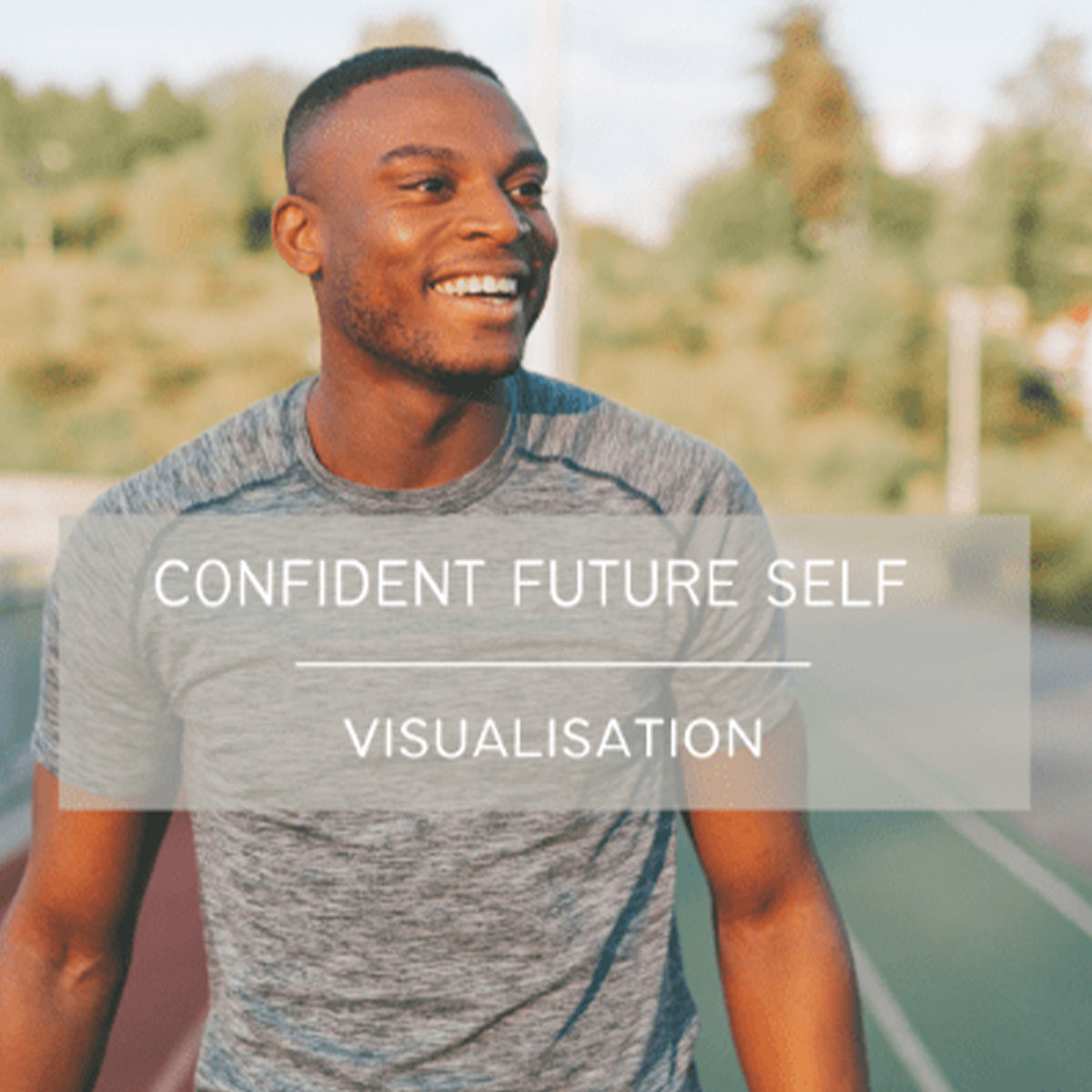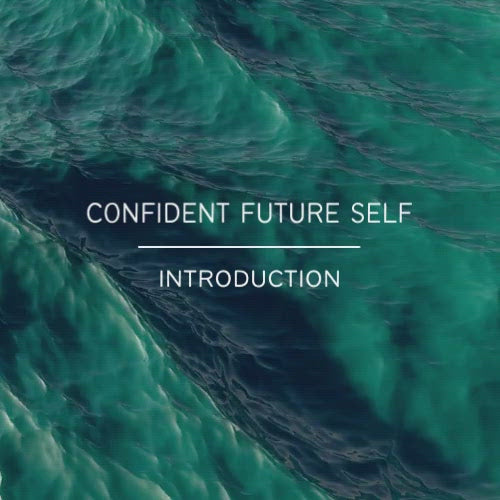

Confident Future Self Visualisation
Start your transformation from a contender into a champion.
This is a powerful visualisation that should be practiced regularly and at least 3-times per week if you're serious about making positive changes in your life. Have you ever stopped to imagine the future YOU that you want to be? Or are you caught up in the daily grind or what has happened perhaps in the past?
Led by NLP practitioner and founder of Sportsmind, Jeffrey Hodges, this visualisation is for everyone, no matter what career path you have chosen. You will be guided through a relaxation to a place where you can imagine and connect with your successful, confident future self. Imagine him or her up close and personal, ask questions and receive valuable insight and answers. After all - the answers to our questions are often within. You just need to ask!
Now is the time to meet your confident, successful, future YOU!
Listen to the introduction to learn more. You will receive the visualisation as a download post purchase.
Mindset is what separates good from great. Invest in your mindset today!
HOW IS VISUALISATION DIFFERENT TO MEDITATION?
Even though meditation and visualisation are often used interchangeably, the two techniques are actually quite different and affect the brain in very different ways.
Meditation is used to calm the nervous system and deliver deep rest (even deeper than sleep) to the mind and body. With the help of a mantra, there is little effort to control our thoughts or other aspects of our experience. Meditation helps us repair and regenerate which, when practiced consistently, can help us overcome stress and illness.
Visualisation, on the other hand is very active and can excite our nervous system. During visualisation, we are more conscious of what we are doing. The breath and senses are guided into a relaxed state where we can then direct our thoughts to bring about a desired physical, mental or emotional result ie: feeling more confident, practicing and re-programming specific sporting techniques, gaining more clarity and focus or overcoming fear.
During visualisation, thoughts are guided to imagine best case scenarios for future situations – whether that be a sporting event, a key-note speech, new skill acquisition or a complete five-sensory experience. When practiced consistently, visualisation can re-programme neural pathways and in other words, replace old habits, thoughts, movement patterns, reactions and feelings. Did you know your brain can’t tell the difference between imagined and real practice? That’s right! The same neural pathways fire which means visualisation is a very powerful skill to compliment any physical practice.


